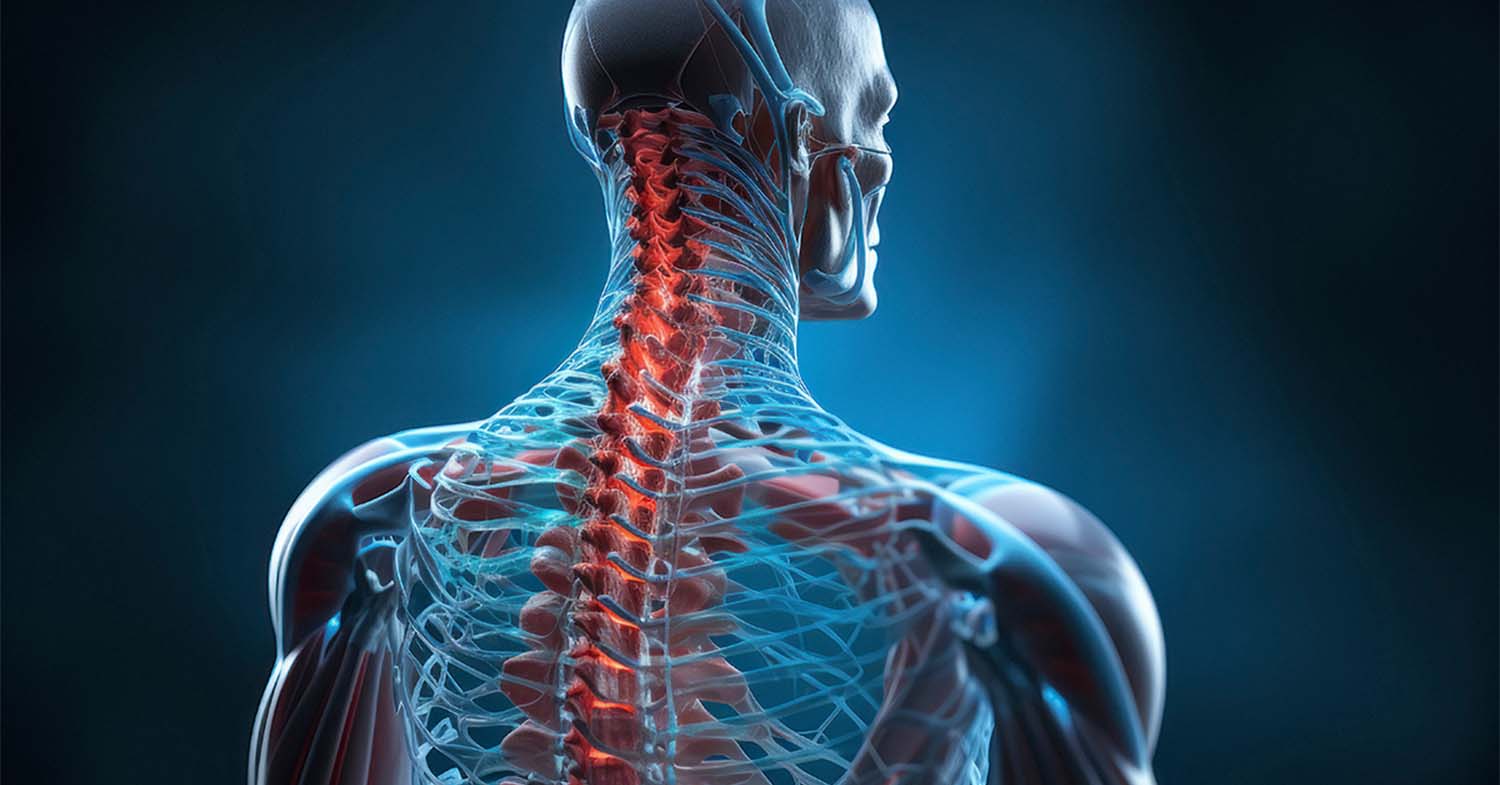Did you know that approximately 68 million people in Canada suffer a spinal cord injury every year?
There are two types of ways that a spinal cord injury can be classified. This is either a complete spinal cord injury or an incomplete spinal cord injury. If you’re wondering what’s the most common types of spinal cord injuries, we’ve created this quick guide better to understand the different types of spinal cord injuries.
Keep reading to learn more!
What Is a Spinal Cord Injury?
A spinal cord injury is a type of injury that happens to the spinal cord, which causes a change in the cord’s basic functioning. This change in the spinal cord can either be permanent or temporary. A spinal cord injury can impact the sensory, autonomic, or motor functioning of the spine.
After a spinal cord injury, many people suffer from changes in sensation, strength, and other bodily functions below the spinal cord injury site. For a loss-of-function to occur, it doesn’t necessarily mean that the spinal cord has been severed. This loss of function will depend on where the spinal cord was injured, and if any nerve roots were damaged.
The symptoms that a person suffers through will widely vary. Some people will suffer from incontinence, while others will have pain, and even some people will have paralysis.
What Is an Incomplete Spinal Cord Injury?
An incomplete spinal cord injury is the most common type of spinal injury. More than 60% of all types of spinal cord injuries be considered an incomplete injury. There are three main common types of incomplete spinal cord injuries at medical professionals can identify.
These types of spinal cord injuries include:
- Anterior cord syndrome
- Brown-sequard syndrome
- Central cord system
The identification of any of these types of incomplete spinal cord injuries will dictate how professional medical care for the patient.
What Is a Complete Spinal Cord Injury?
A complete spinal cord injury is less common than an incomplete spinal cord injury. While this type of injury is less common, it is more severe than the other type of injury. There are three main types of complete spinal cord injuries that medical professionals have discovered. These include:
- Tetraplegia
- Triplegia
- Paraplegia
The most severe types of spinal cord injuries will cause paralysis. This paralysis can affect every limb of the body.
Most Common Types of Spinal Cord Injuries
In individuals who are completely paralyzed because of their injury, they suffer from a complete spinal cord injury. People who are having partial paralysis may be suffering from an incomplete spinal cord injury.
Let’s take a closer look at the types of spinal cord injuries and what a person may experience when suffering from these injuries.
1. Complete Spinal Cord Injury
Someone who has a complete spinal cord injury will have a loss of motor ability or sensation. This loss of ability can be caused by pressure on the spinal cord, bruising surrounding the spinal cord, or blood flow loss to the spinal cord.
In most instances where someone is suffering from a complete spinal cord injury, they may have a complete loss and sensation. They may also be suffering from difficulty moving their body below the site of the injury.
2. Central Cord Syndrome
Central cord syndrome is a type of incomplete spinal cord injury. In individuals suffering from the syndrome, the signals sent from the brain aren’t being received by the body. This makes it difficult for the individual to move their legs, hands, and arms.
There also may be people who suffer from sensory loss below the site of the injury. Other people may be suffering from a loss of bladder control as a result of the syndrome. Most people who are suffering from central cord syndrome experience difficulty controlling their bladder.
People who suffer from this condition are usually suffering because of a trauma that happened to the spinal cord. This affects the large nerve fibers that send information to and from the brain. People suffering from a syndrome may have difficulty sending and receiving signals within their bodies. However, this ability isn’t entirely impaired.
3. Brown-Sequard Syndrome
The syndrome happens to the bottom half of the spinal cord. Brown-sequard syndrome is diagnosed by using clinical features to test motion, temperature sensing capabilities, and pain reactions below the side of the injury.
4. Anterior Cord Syndrome
Anterior cord syndrome is when an individual suffers an injury to the frontal part of the spinal cord. This will cause an impact on a person’s ability to feel touch, pain, and temperature. However, they will be able to feel some pressure on their body parts that are located below the injury.
With many people that are suffering from anterior cord syndrome, their motor functionalities are not impacted at all.
5. Spinal Contusion
A spinal contusion is the most common type of spinal cord injury. This is when the spinal cord has bruising to it, but there isn’t any part of the spinal cord that has been severed. Most people who have say spinal cord contusion will have bleeding and inflammation near the location of the injury.
Learning About the Most Common Types of Spinal Cord Injuries
You need to understand what the most common types of spinal cord injuries are. This knowledge can help prepare you to work with a personal injury lawyer to gain compensation for your injuries.
Are you looking to hire the help of a personal injury lawyer that will fight for you in court? We’re here to help provide you with all of the legal help and experience that you need. Click here to contact us today to learn more!

